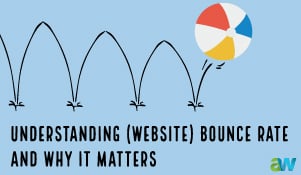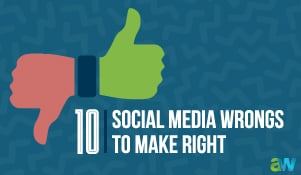Business owners have more marketing opportunities–and performance data on them–than ever before. With so much data available, it can be difficult to discern which Key Performance Indicators (KPIs) are most important for evaluating the effectiveness of your marketing efforts. While there are plenty of metrics that provide some insight, Cost per Opportunity (CPO), provides the clearest view into your sales and marketing performance, while also providing a gauge of demand.
When reviewing your marketing, it’s important to recognize that there are two key factors involved in making a sale: lead generation, and converting (or closing) the sale. The old idiom “You can lead a horse to water, but you can’t make him drink” captures this.
“Leading a horse to water” represents your marketing activities: lead generation. We can capture what is spent on lead generation (Cost per Lead), but that doesn’t really show us whether we’re being effective with who we’re targeting (finding the thirsty horses), and converting those leads into sales opportunities. That is, did we “make the horse drink”? Sorting through your leads, and turning qualified leads into sales opportunities happens when you target the right people, your value proposition resonates with this group, and these prospects are planning to buy in a reasonable time frame.
It’s important to note that an actual sales opportunity requires that the prospect has the appropriate budget to buy from you, is the decision-maker, needs your solution, and is ready to buy within a reasonable time frame. What we want to generate is not just leads, but qualified sales opportunities.
Actually closing the sale happens when the price is right, the offering is relevant, and the product works.
CPO bridges your marketing efforts and your sales efforts, while indicating demand. To calculate your CPO, add all of the costs (directly attributable advertising, labor, expenses, etc.) associated with your customer acquisition effort over a given period of time and divide by the total number of qualified sales opportunities during that same time period. The resulting number is your Cost per Opportunity.
If your CPO is low and your close rate is high, you are catching the right people, they want your product–and you’re selling it. A low CPO indicates that both marketing and sales are “doing their jobs.” It means that marketing is generating the right type of leads at the right cost and that sales reps are efficiently moving leads into the opportunity pipeline.
This KPI, evaluated in conjunction with your close rate, allows you to see the whole picture in terms of your sales process, and helps to identify where the biggest gaps are.








Leave a comment